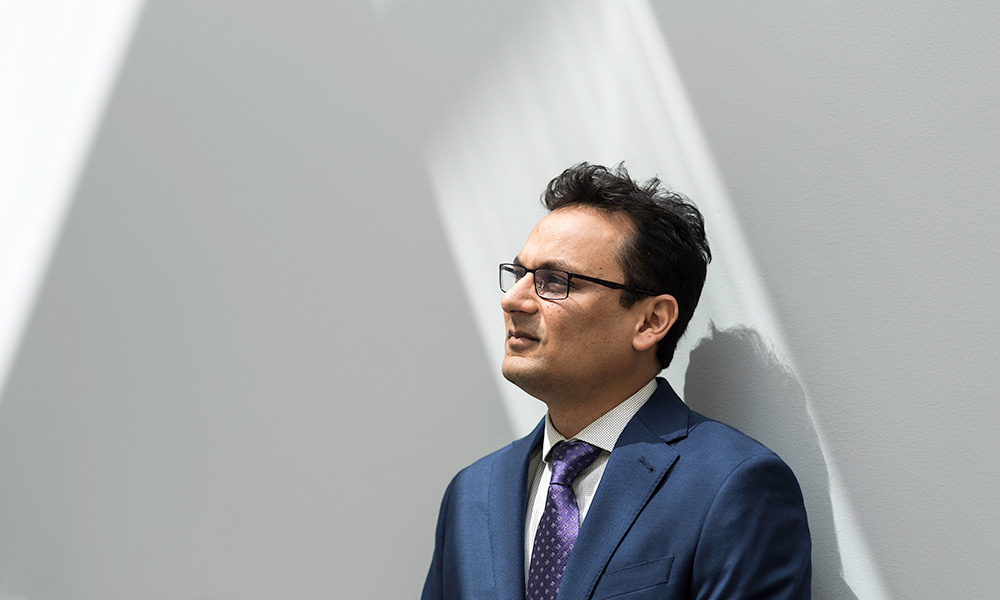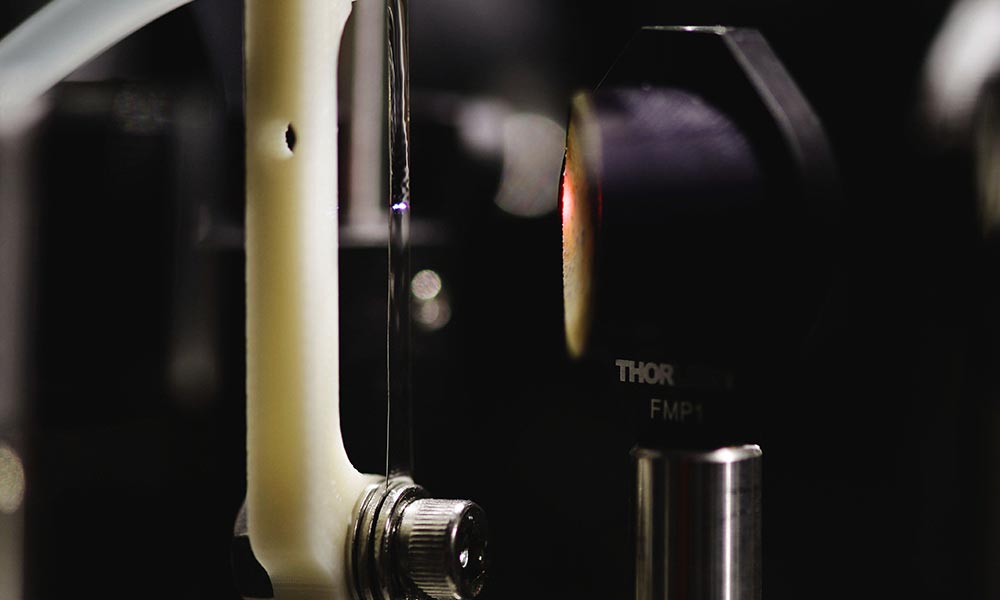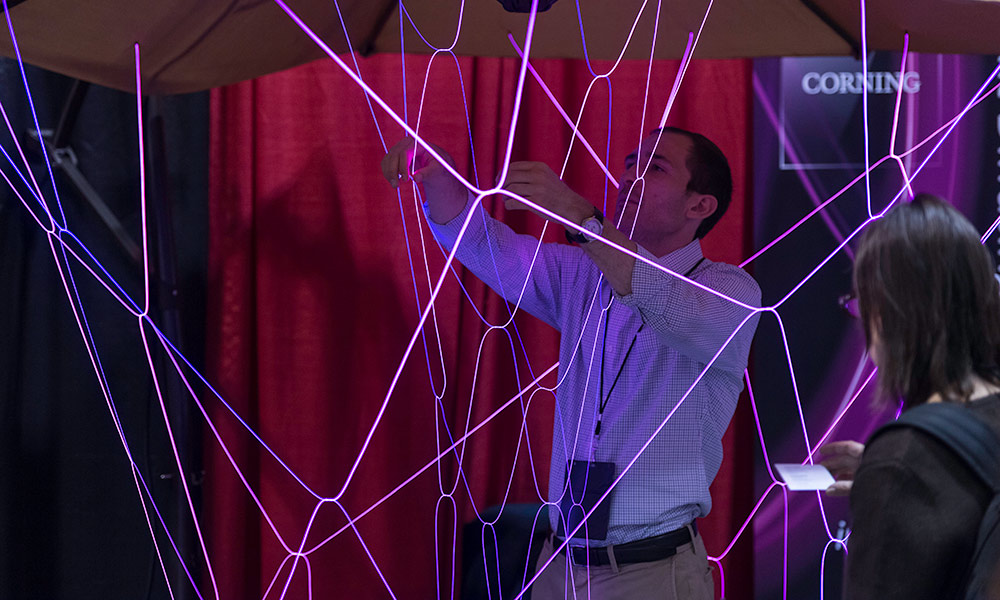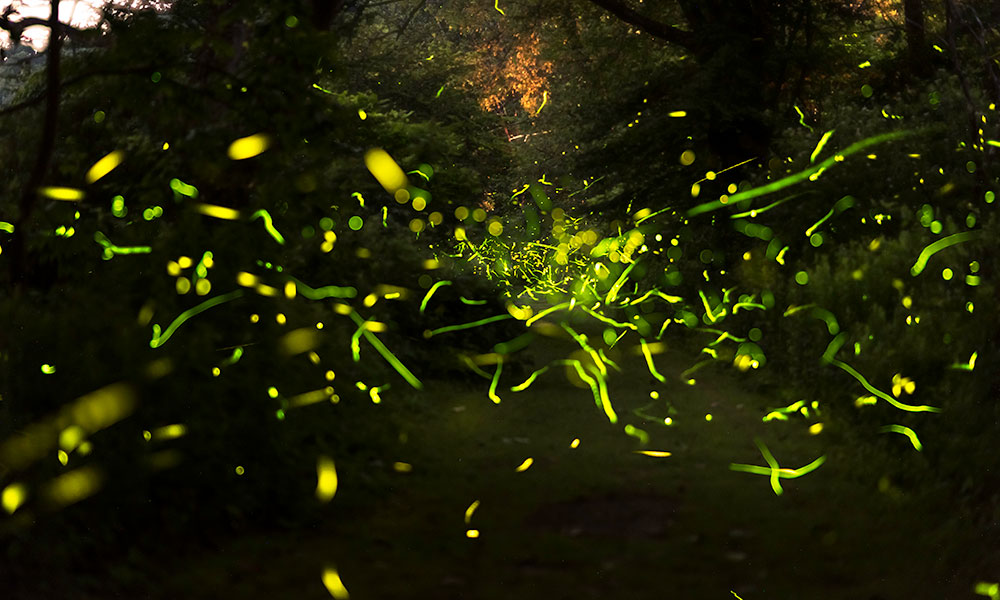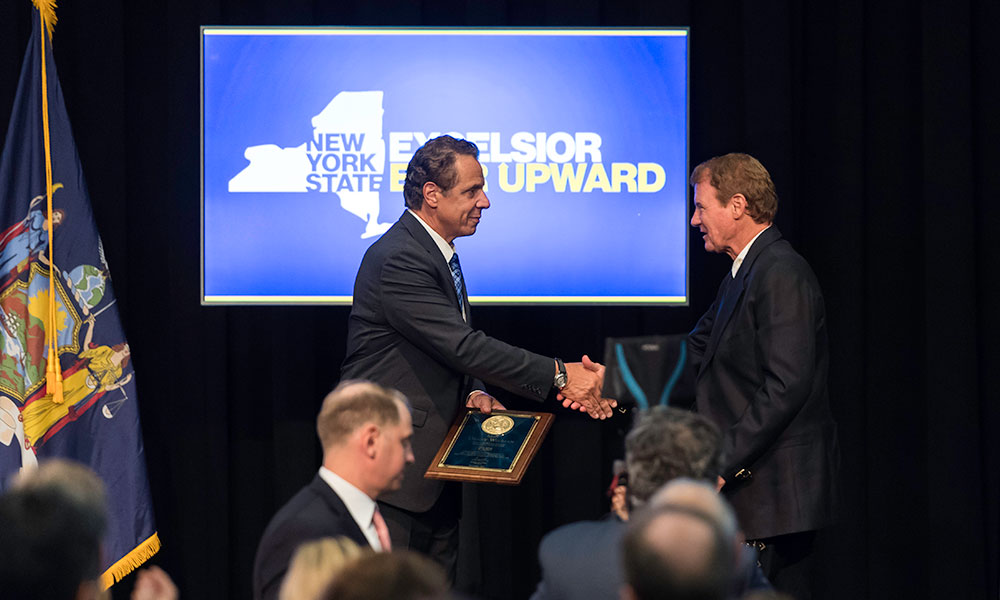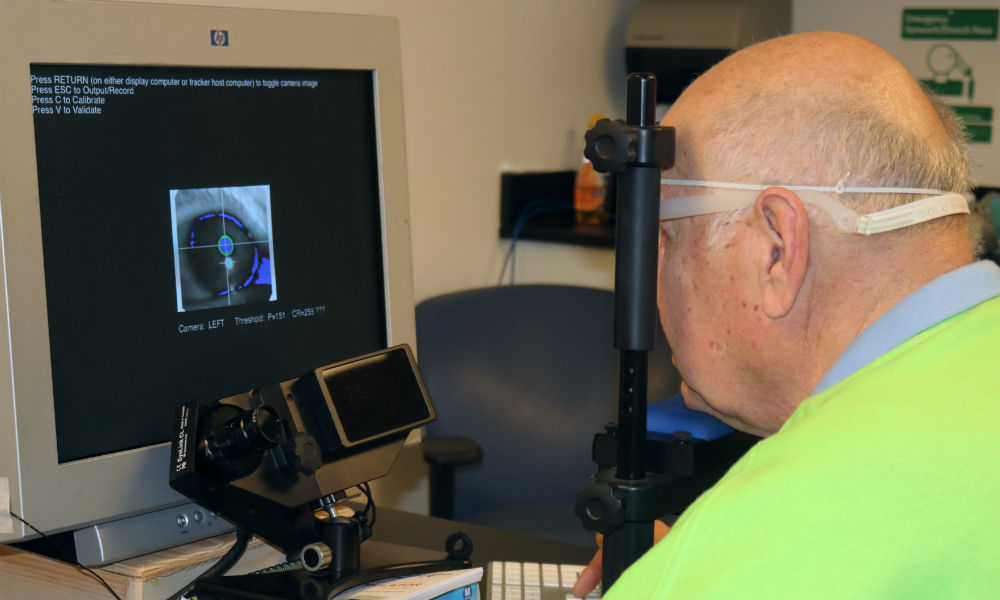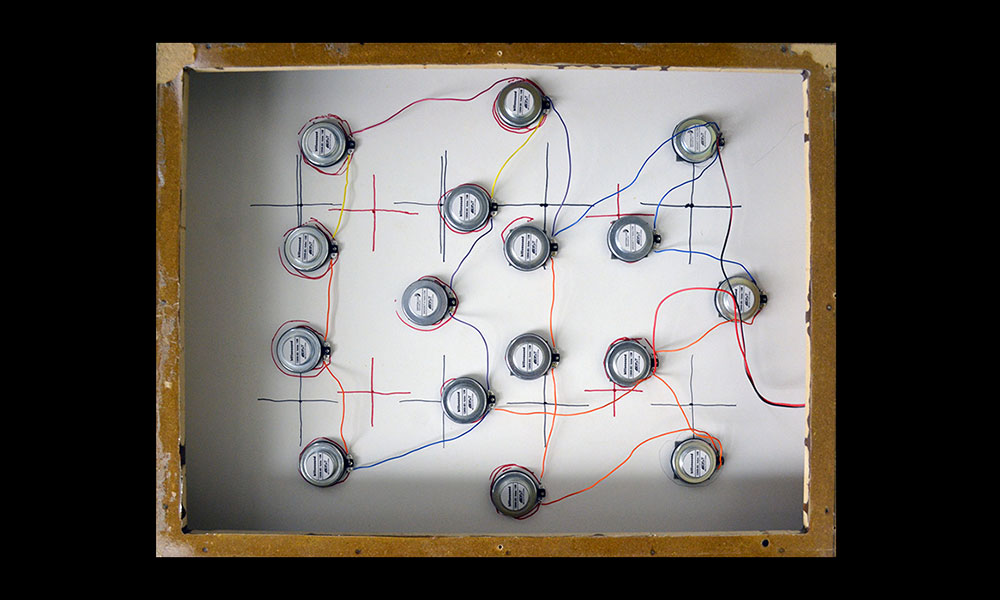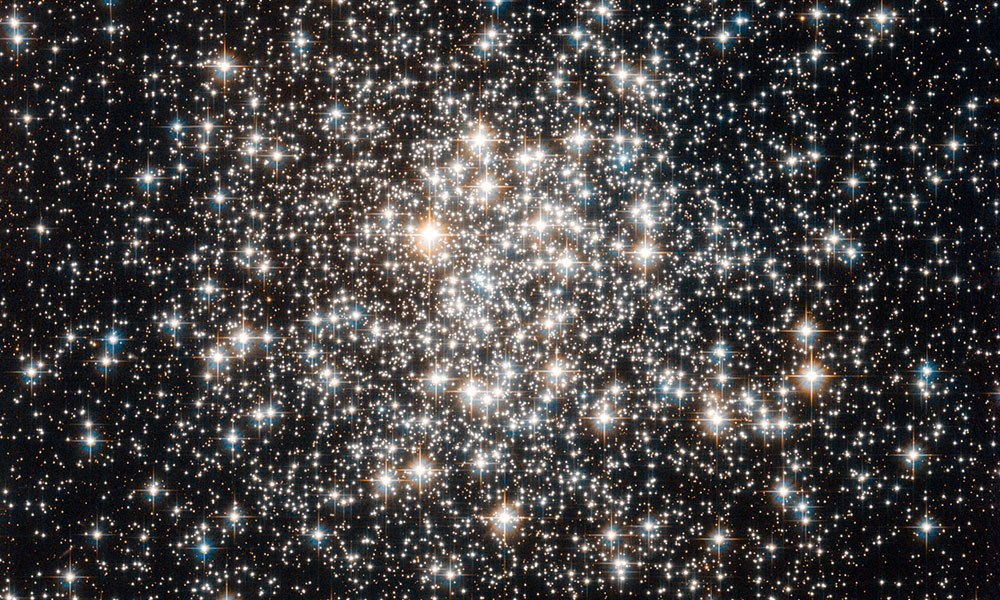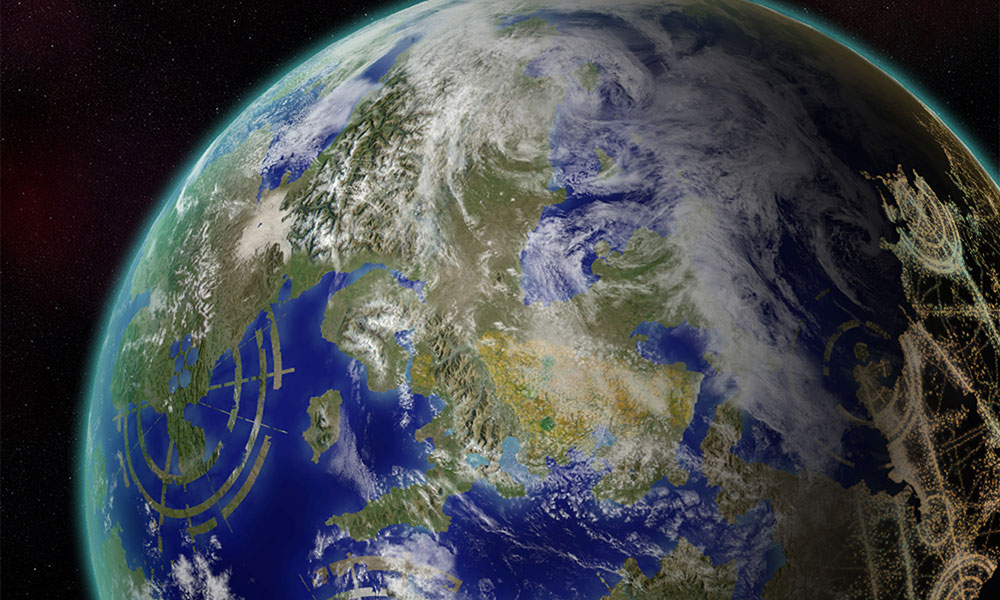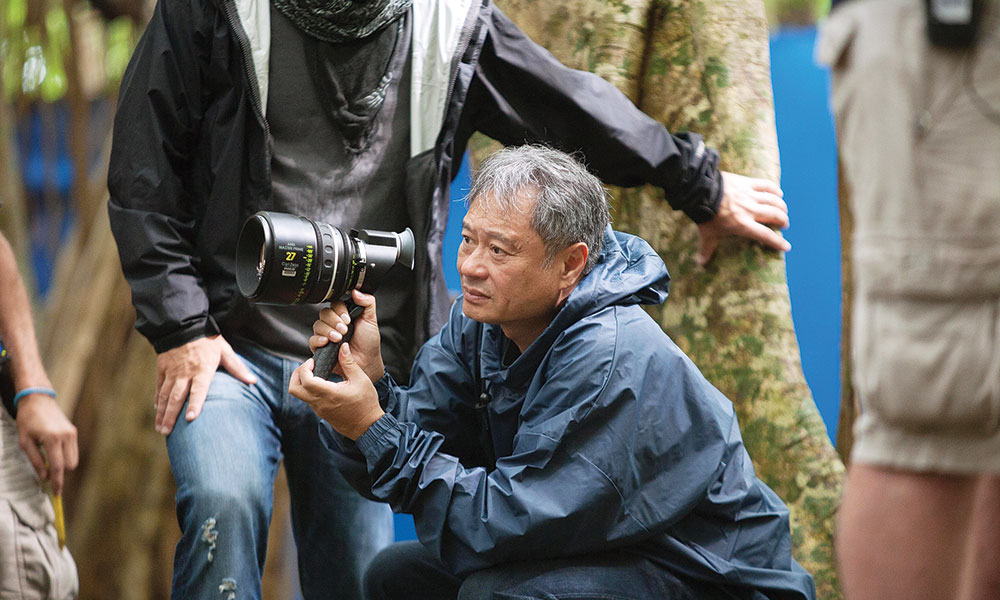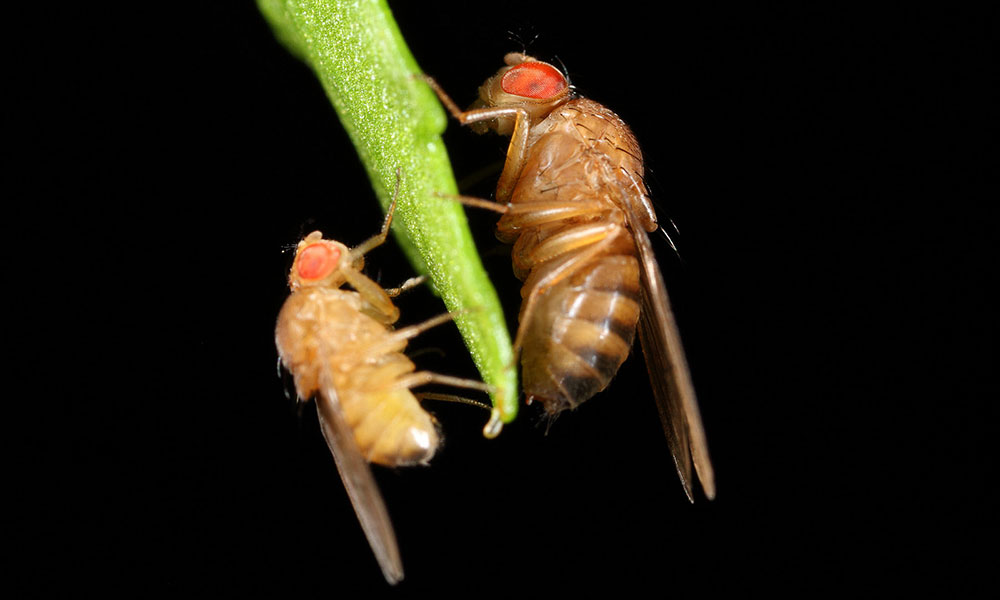
Science & Technology
Field guide to fruit flies documents these surprisingly close human relatives
October 4, 2017
The common fruit fly is often deemed an annoying household pest. But these tiny insects are a boon to researchers. Rochester biologist John Jaenike has co-authored the first comprehensive guide to fruit flies published in nearly a century.

